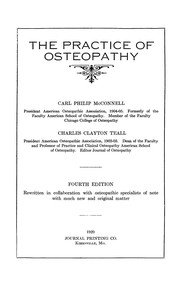Arctic Siberia Summers 10 Degree Celsius Warmer in Last Interglacial, New Study Reveals
A new study reveals that Arctic Siberia experienced summer temperatures up to 10 degree Celsius warmer than today during the Last Interglacial period, which occurred approximately 115,000–130,000 years ago. Researchers analysed sediment cores and fossil records from the Dmitry Laptev Strait to reconstruct past environments. The study found significant vegetation shifts, with grasslands replaced by birch and larch forests as temperatures peaked. Arctic warming was amplified due to ice-albedo feedback mechanisms, where melting ice reduced solar reflection, driving further warming

A study currently under review in Climate of the Past has reported that Arctic Siberia experienced summer temperatures up to 10 degree Celsius warmer than today during the Last Interglacial period, approximately 115,000 to 130,000 years ago. Researchers have drawn these conclusions from sediment cores and fossil remains, highlighting how polar ecosystems responded to heightened warmth in that era. The findings have been presented by Dr Lutz Schirrmeister and colleagues from the Helmholtz Center for Polar and Marine Research in Germany.
Arctic Warming Amplified by Ice Albedo Feedback
According to the study, warming during the Last Interglacial was intensified in Arctic regions compared to the broader northern hemisphere due to ice-albedo feedback mechanisms. These processes involve the melting of ice sheets, which reduces solar radiation reflected into space and enhances warming. The research team conducted their fieldwork in coastal sections along Siberia's Dmitry Laptev Strait, where permafrost-related landscapes have been preserved.
As per reports, the unique thermokarst topography in the area, formed by thawing ice-rich permafrost, provided insights into past climate conditions. Layers of peat, clays, and silts were analysed from sediment cores collected between 1999 and 2014. Fossil evidence, including pollen, insects, and mollusks, allowed the team to reconstruct historical environments, revealing significant shifts in vegetation and climate over time.
Vegetation Shifts and Temperature Changes
Sources have indicated that grasslands and tundra-steppe dominated the region during the early Last Interglacial, giving way to birch and larch forests at its peak. Fossilised plant material suggests mean summer temperatures reached 15 degree Celsius, significantly higher than the current average of 3 degree Celsius. Winter temperatures during this period are estimated at -38 degree Celsius, compared to today's average of -34 degree Celsius.
Significance of Studying the Last Interglacial
It was noted that while the Last Interglacial primarily affected summer temperatures, ongoing anthropogenic climate change is expected to impact winters more significantly. Dr Schirrmeister emphasised the importance of understanding Earth's sensitivity to rising temperatures, in his statement, as the melting of Arctic permafrost and sea ice continues to be observed today.












)



























































